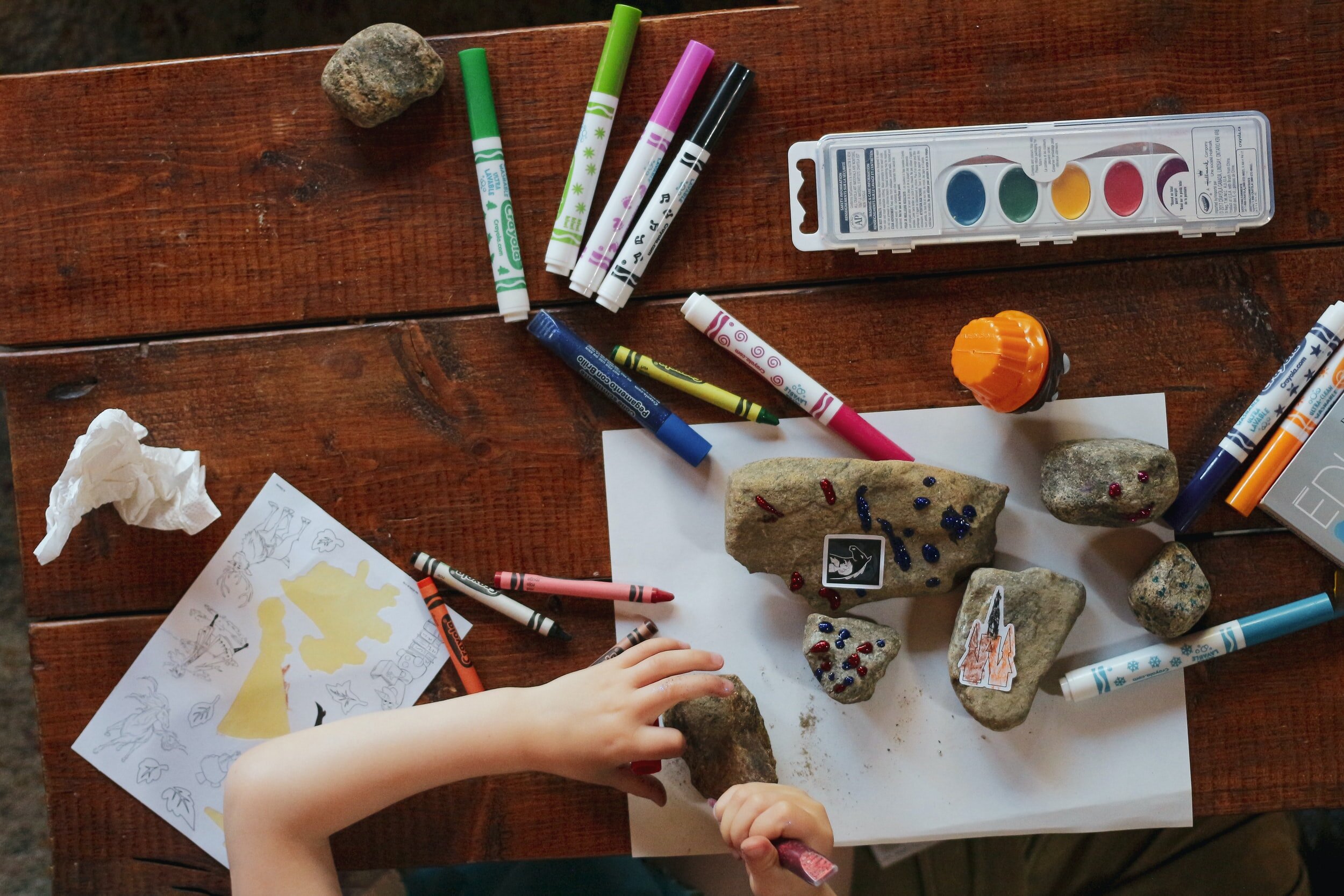Children are one of the greatest gifts of life, and being able to care for them is another blessing still. But after they graduate and leave their homes, how can parents be sure that their children will continue to have the same quality of life they were provided? Parents could, perhaps, instill values that give their children better chances at becoming financially stable adults.
If the definition of financial stability is someone who is financially independent with money to spare for leisure activities, such as traveling, owning their own home and car, being able to go shopping and dine out, while still having savings for a rainy day, then parents can easily raise their children to be financially stable with these tips:
-
Instill the value of hard work
Parents can teach their kids the value of work by helping them start a simple home business. Making little pastries or creating artwork to sell to relatives is a good way to show them the benefits of work and earning their own money. Any money they make from their business can be divided into buckets: SAVINGS, INVESTMENTS, DONATIONS
-
Teach kids to invest
If children have divided their income into buckets, parents now have the opportunity to teach them about why those buckets exist and how the funds can be used. Savings and donations are pretty straightforward, but investments can be difficult for parents to explain and for children to grasp. Teaching children investments can be tricky because there are different types of investments one can make. To continue with the business-savvy lesson, encouraging children to grow or expand their little home business and showing them how the money they put in became a larger amount due to their having used it in the business is a good concrete example of investments. Parents can then encourage children to take the earnings and reinvest in the business so they can produce more, sell more, and make more.
Kids don’t have to be math geniuses, but if they know enough to understand percentages so that they know when an investment is worth the amount of time they will be putting money away. As an exercise, parents can give children two investment options. The first could be a yellow coin holder that, for every chore done will earn a 5% interest. The second could be a red coin holder that, for every week leaving it alone will earn a 1% interest. This simple exercise shows children that there are multiple types of investments and ways to invest, some requiring more work (side note: it also instills work ethic) than others, but with higher rewards.
-
Demonstrate the importance of financial security
While all these exercises are well and good, most kids don’t respond and remember unless they are concretely rewarded. Periodically, show kids what their earned money can get them by allowing them to buy a toy or snack of their choice. The incentive will likely make them want to work, earn, and invest even more!
-
Encourage children to donate
True financial stability means an individual has enough to be able to be generous and help others when others need it. Donating to a good cause is one way to show children that they don’t always have to spend money on necessities or wants, but they can also spend to make a difference. Finding a charity or organization that a child believes in and loves (maybe it’s the animal shelter or local dog pound, maybe it’s a home for homeless children) and showing children that the money they give can make a difference for others can leave a great impact on how they view both money and the world.
The earlier parents start teaching their kids the value of money and the value of owning their own money, the easier it will be for parents to raise children that strive towards being financially secure. Apart from the techniques presented here, starting kids off with a financial plan, such as FWD Babyproof can help kids understand the importance of investing, but also secure their financial future while safeguarding them from accidents and illnesses. Learn more about FWD Babyproof on March 24, 2020, only on Mommy Mundo!



Leave a Reply